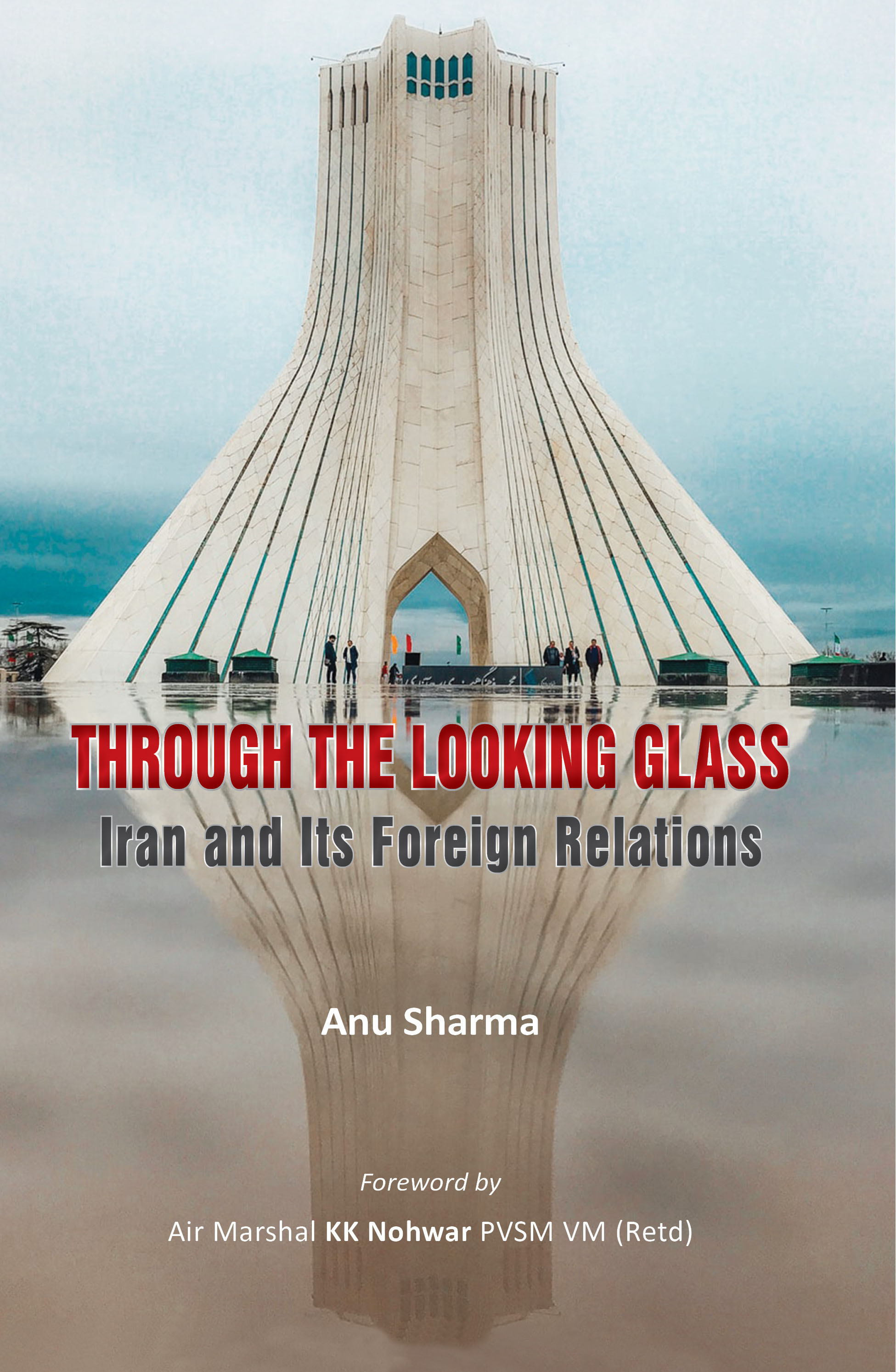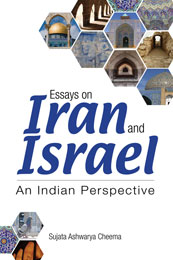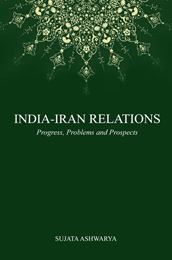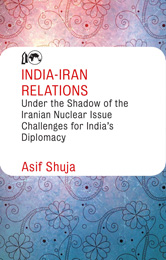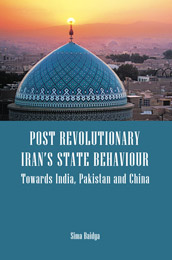Subjects
THROUGH THE LOOKING GLASS: Iran and Its Foreign Relations
Anu Sharma
“India’s relations with Iran are historical and civilisational. It is imperative for India to have an in-depth understanding of Iranian geo-political and geo-economic strategies. Ms Anu Sharma’s book is a highly welcome addition to literature available on this important subject. It will go a long way in promoting insight and appreciation of this significant neighbour.”
— Amb. Ashok Sajjanhar, President, Institute of Global Studies, Distinguished Fellow, Observer Research Foundation, Former Ambassador of India to Kazakhstan, Sweden and Latvia, Former Secretary/Principal Executive Officer, National Foundation for Communal Harmony, Government of India
“Anu Sharma presents a panoramic view of Iranian Foreign Policy and its external interactions from an Indian perspective and against this background examines various facets of India’s relations with Iran, a strategic partner. A compelling read.”
— Amb. Sanjay Singh
“This is an exhaustive study of Iran’s relations with its neighbours and great powers. One of its kind, this comprehensive and detailed work helps in comprehending Iran’s foreign policy. It is a welcome contribution to understand modern Iran.”
—Dr. Ajish P. Joy, Deputy News Editor, The Week
Azadi Tower (Borj-e Šahyad): The Azadi Tower which was previously known as the Shahyad Tower is a monument located on Azadi Square in Tehran, Iran. It is one of the landmark monuments of Tehran, a hallmark of the west entrance to the city, and is part of the Azadi Cultural Complex. It also includes an underground museum. The height of the tower is 45 metres (148 ft) approximately and is completely made from cut marble. It was commissioned by Mohammad Reza Pahlavi, the last Shah of Iran, to commemorate the 2,500th year of the foundation of the Imperial State of Iran. The construction of the same was completed in 1971.
Book
As a key player in the turbulent region, Iran has remained in news for the last four decades. The ever-changing dynamics of the region along with the presence of large amount of hydrocarbon resources has dominated both Iran’s regional and foreign policy. Being targeted as the revolutionary power after becoming the first theocratic state in the Persian Gulf following a revolution (1979) and later labelled as one of the ‘axis of evil’ states, Iran has managed to survive tough international sanctions. The thaw in the US-Iran relations after the signing of Joint Comprehensive Plan of Action (JCPOA) in 2015 and the subsequent easing of international sanctions paved way for Iran’s integration into international economy. It also led to its enhanced engagement with its neighbours with in the region, extended neighbours in adjacent regions as well as with major powers such as Russia, China and the US. The civilisational and cultural affinity between India and Iran paved the way for better relations between the two nations in the post nuclear deal scenario. Definitely, for India, energy and Chabahar Port remain at the core of its relations with Iran. With a cautious approach India has successfully been able to engage with Iran which also courted India’s “Look West Policy”. This book tries to assess Iran’s foreign policy in order to better assess its relations with India. This study is an attempt to understand these factors that are propelling the two nations closer and whether in a region susceptible to power plays, how far India-Iran partnership can go. This book will be of interest to scholars of International Relations, Iranian Politics and Iranian Foreign Policy providing useful insights for policymakers and scholars.


 Political Science
Political Science
